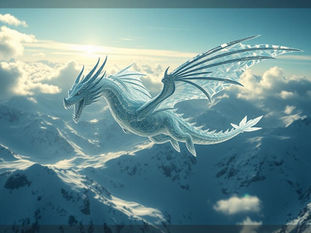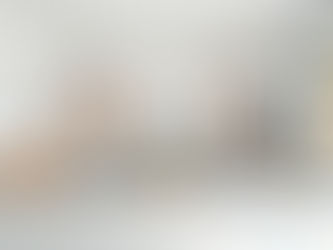
Get Predictable Characters and Headshots in Midjourney with Omni Reference
May 14
4 min read
0
17
0

Midjourney's Version 7 brought us powerful updates, and one feature stands out: Omni Reference. This feature makes getting consistent characters and headshots much easier than before.
Think of Omni Reference as a super-powered character reference tool. It works not just for people, but also for non-human characters and objects. It’s a big help if you want your generated images to feature the same look or subject repeatedly.
Creating Realistic Headshots and Portraits
One great use for Omni Reference is generating realistic portraits based on a photo you provide. Imagine turning a basic picture into a professional headshot or even a glamorous portrait in different settings.
You start with a reference image, like a photo of yourself. Upload it to Midjourney and drag it into the 'omni reference' section. Then, add your prompt describing the scene or style you want.
You can adjust the prompt to guide the result. For example, if Midjourney makes you look older than you like, you can add words like "young" or "pretty" to your prompt. Other helpful terms can be "smooth skin," "glowing skin," or "good lighting" to refine the final look.
The Power of Omni Weight (ow)
Omni Reference introduces a setting called Omni Weight, or 'ow'. This is a number between 0 and 1000. It controls how much the reference image influences the final picture. By default, it's set to 100.
A lower Omni Weight means the prompt has more influence than the reference image.
A higher Omni Weight means the final picture will look more like your reference image.
While Midjourney suggests you might not need to go over 400 usually, testing shows that higher weights, like 600 or 800, can sometimes be needed to get your generated face to look very similar to your photo. It appears the best weight can depend on the specific reference image and prompt.
Experimenting with Omni Weight is key. Want your image to look very close to the original picture? Try a higher weight. Want the prompt to have more say? Use a lower weight.
Keeping Characters Consistent
Omni Reference is excellent for characters, not just people. If you create a unique character, you can use its image as a reference to put that exact character into different situations and poses.
Upload your character image and use it as an Omni Reference. Then, write prompts like "seagull driving a car" or "seagull at the grocery market" and set the Omni Weight. If you want the character detail to be very consistent, a higher 'ow' might be helpful. If the scene is more important, a lower 'ow' might work better.
Adding more detail to your prompt can also help. For example, describing the car or setting in more detail alongside the Omni Reference can give better results, even at different Omni Weights.
Handling Multiple Characters
Midjourney mentions that putting two characters in your reference image (either in one picture or two side-by-side) *might* result in both characters appearing consistently in generated images when you mention them in the prompt. They say this is still being tested, but it shows the potential for creating scenes with multiple recurring individuals.
Creating many images with consistent characters or looks can involve lots of prompts and generation. To streamline generating different variations, scenes, and poses for your consistent characters, take a look at the TitanXT Midjourney Automator. It can help manage and automate aspects of generating consistent images in batches, speeding up your creative process.
Beyond Faces: Consistency for Projects
Having consistent characters or styles is especially useful for projects like creating a series of visuals or even a children's book. Omni Reference allows you to maintain the same look or character across multiple images needed for a narrative or sequence.
While the video showed specific tools for arranging book pages, the core idea is that Midjourney's Omni Reference provides the visual consistency needed for such projects.
Tips for Using Omni Reference
Use a good quality reference image that represents the look you want.
Experiment with different Omni Weight ('ow') values to see how they affect the result for your specific image and prompt.
Try using the 'Variations' function on a generated image you like. This creates slight differences while keeping key elements consistent.
Be mindful of using AI-generated images as references for new AI images. Sometimes "fake of a fake" can lead to less realistic results.
Ready to generate a whole series of images featuring your consistent character or look? Automating repetitive tasks like generating similar prompts with slight variations is possible. Check out the TitanXT Midjourney Automator to simplify your workflow when creating multiple consistent graphics.
Conclusion
Omni Reference is a significant step for Midjourney V7, making character and object consistency much more achievable. Whether you need consistent headshots, a recurring character for a story, or a specific object to appear in various scenes, Omni Reference gives you powerful control. Experiment with the Omni Weight parameter and your prompts to get the best results.
As you explore creating consistent visuals for projects like books or marketing materials, consider how automating image generation can speed up your work. Learn more about how the TitanXT Midjourney Automator can help you generate consistent images efficiently.






